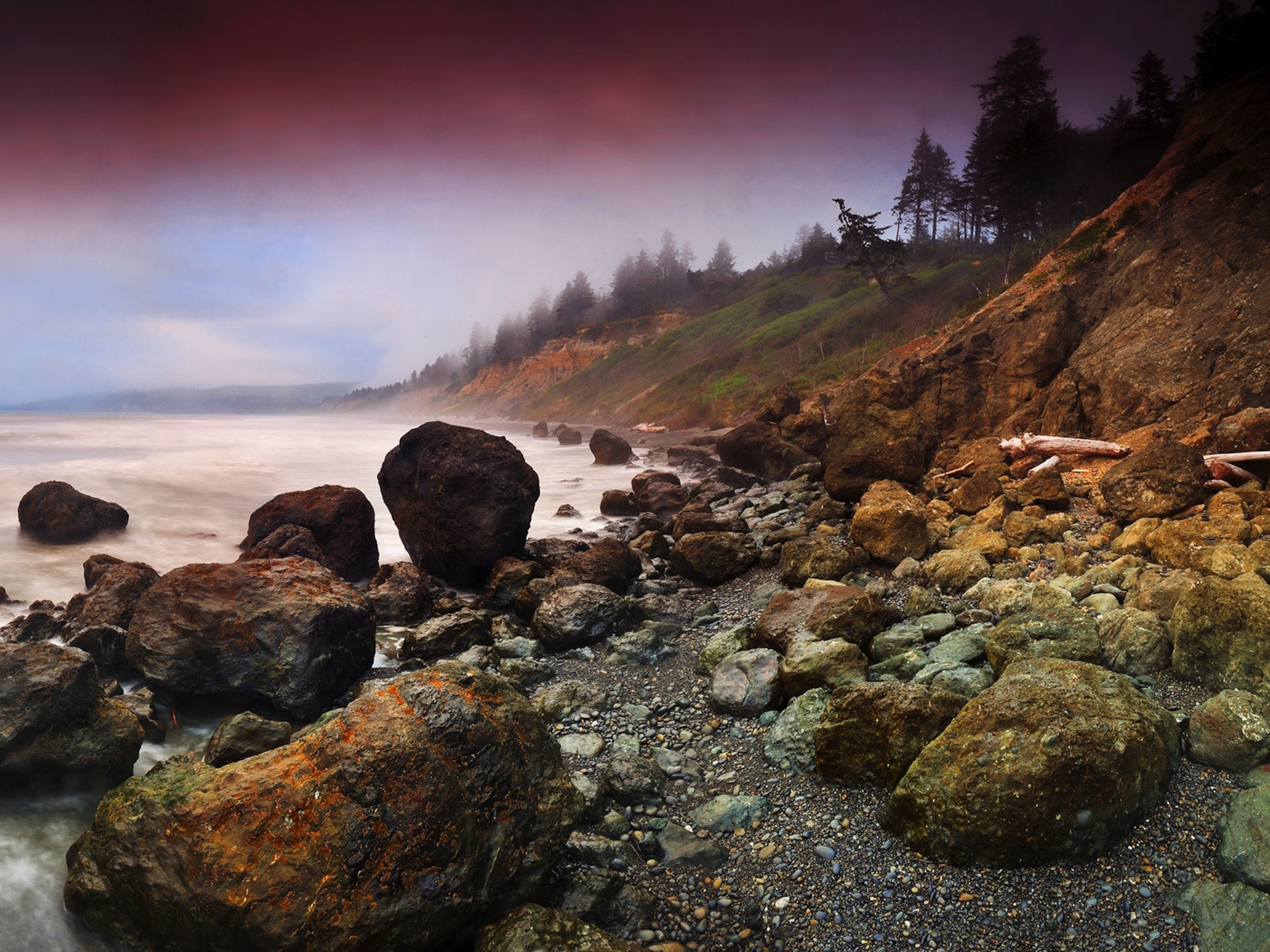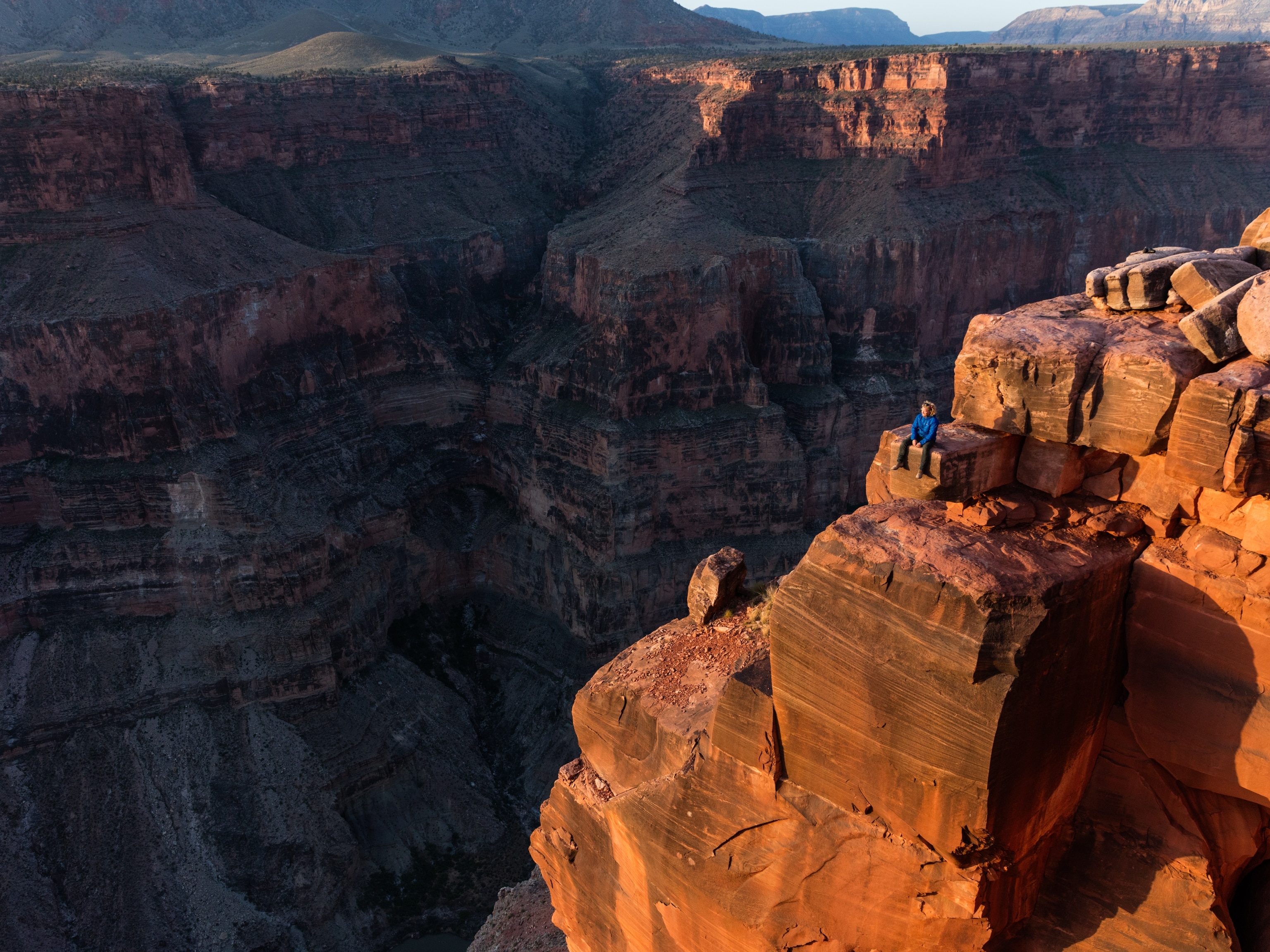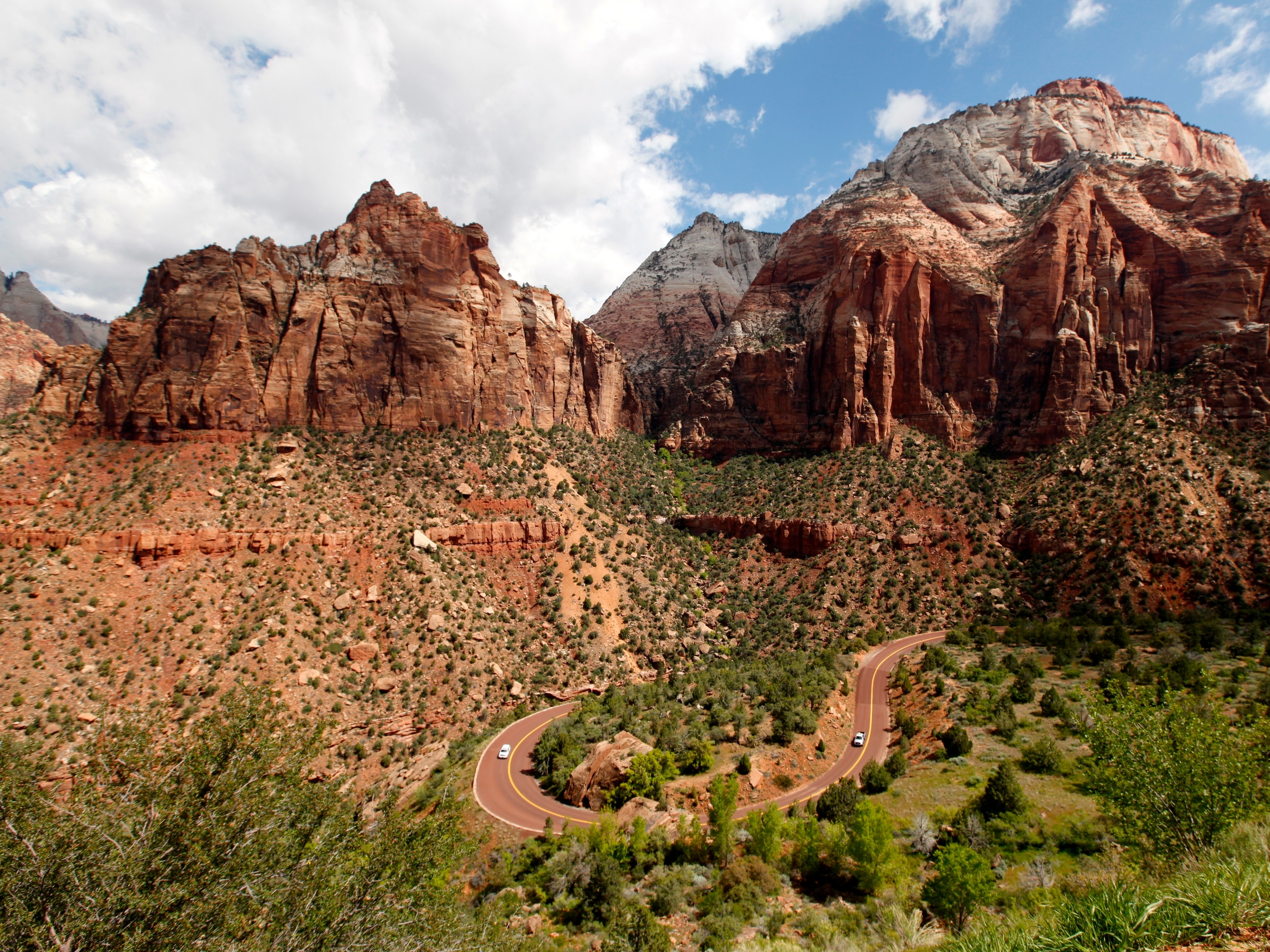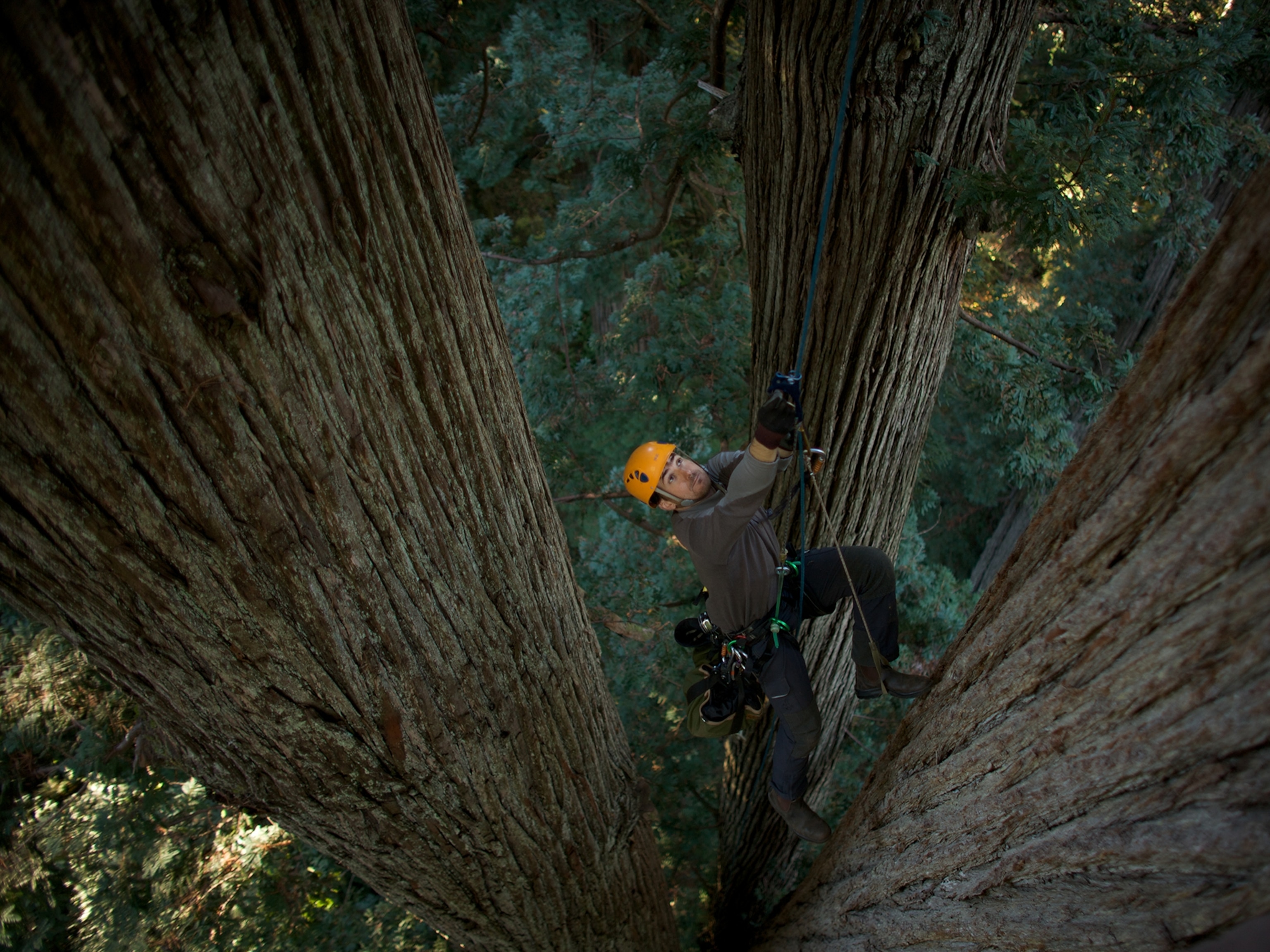Everything you need to know about Banff National Park
Escape to the rugged beauty of Canada’s first national park.

Why you should visit Banff
Canada’s first national park is also its most majestic. It’s a mosaic of Rocky Mountains and deep valleys, glaciers and icefields, rushing rivers and tranquil lakes that continue to awe visitors more than 140 years after the park was founded in 1885.
An arsenal of outdoor activities, abundant wildlife, and an array of eating and sleeping choices (including some of the best hotels and restaurants in western Canada) attracts more than four million visitors each year—a figure that makes Banff National Park the most popular reserve of the Parks Canada system.
Nobody paid much attention until the 1880s when the Canadian Pacific built its transcontinental railway through what is now the heart of the park. Three railway workers discovered a natural hot spring, which led to the establishment of a train stop for passengers that eventually grew into the town of Banff.
“For visitors and locals alike, Banff is a place to reconnect with nature,” says Kelly Veillette, the park’s public relations and communications officer. “This national park is more than a destination; it’s a living reminder of why protecting wild spaces and preserving them for future generations is so important.”
Banff fast facts
Location: Alberta
Established: 1885
Size: 1.64 million acres
Annual visitors: 4.28 million (2023)
Entrance fees: From $11 (U.S. $8) per person
Website: https://parks.canada.ca/pn-np/ab/banff
Where to find the best views in the park
The Banff Gondola offers an eight-minute ride to the top of Sulphur Mountain (8,041 feet), providing bird’s-eye-views of Banff Town, the Bow Valley, and six mountain ranges. The summit has two restaurants and a boardwalk trail to the Sulphur Mountain Cosmic Ray Station National Historic Site.
On the other side of the Bow Valley, the chairlift that usually transports skiers and snowboarders in the winter makes summer journeys to a lofty viewpoint and bistro-style café perched at nearly 7,000 feet on the side of Mount Norquay.
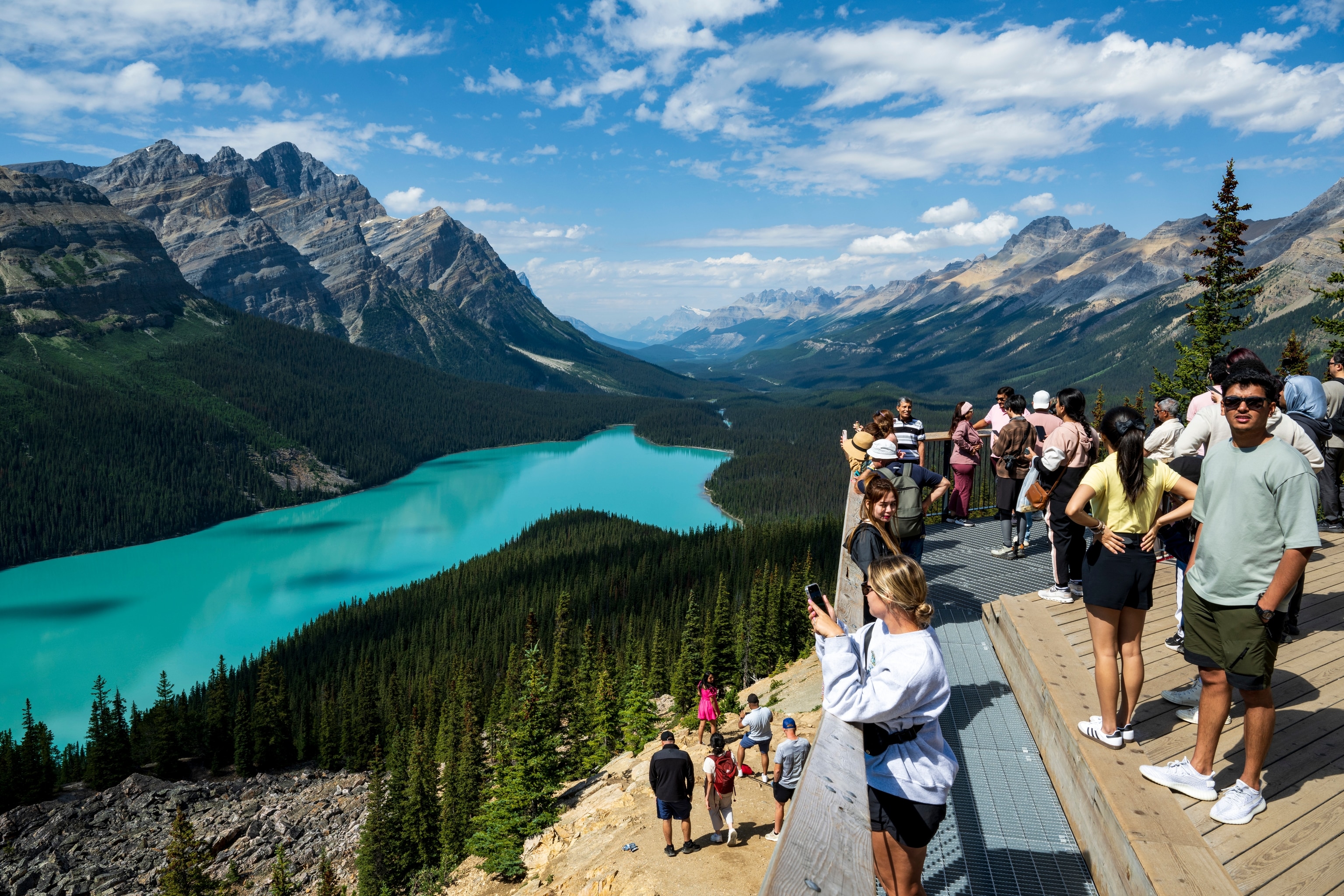
Where to find the park’s best trails
Thirty trails meander through Bow Valley and the mountains around Banff. One of the most popular is a three-mile hike up Tunnel Mountain that starts from the east side of the town. Those who don’t enjoy an uphill slog can ride the Banff Gondola to the upper end of the Sulphur Mountain Trail and hike the steep six-point-eight-mile descent back into the valley.
Although you can also hike it, the paved Banff Legacy Trail (16.6 miles) is a scenic and relatively flat cycling route between the towns of Banff and Canmore, located outside the national park. Depending on snow conditions, it’s normally open from mid-April to mid-October.
Farther up the valley, the Johnson Canyon Trail leads to lower and upper waterfalls and the bubbling Ink Pots mineral pools.
One of the park’s easiest walks is the short but exceedingly photogenic Lake Louise Shoreline Trail, which starts right behind the historic hotel. Starting from the opposite end of the lake, the Plain of the Six Glaciers Trail can be combined with the Lake Agnes Trail for a nine-mile loop that includes a spectacular glacier-carved valley and the log cabin-style Lake Agnes Tea House.
Kelly Veillette says one of her favorite hikes is the Sundance Canyon Trail. Located just beyond the park’s Cave & Basin National Historic Site, the route offers a mix of easy and moderate hikes.
She explains, “The paved path provides stunning views of the Bow River and surrounding mountains. After a gentle climb, the trail becomes more rugged, looping through a water-filled canyon. It's a peaceful, scenic hike with beautiful mountain and canyon views.”
In addition to multiday treks along a series of trails through the Banff backcountry, backpackers can take on the Sawback Trail. This rugged 46-mile route between Banff Town and Lake Louise crosses three mountain passes and normally takes seven days to accomplish.
The best spots to see wildlife
Like any wilderness area, it’s easier to spot animals on secondary roads and footpaths rather than on the Trans-Canada Highway or the middle of Banff Town. And as with other places, dawn and dusk are when critters are most likely to be out and about.
Elk often graze on the Banff Springs Golf Course and the meadows around the Vermillion Lakes in the early morning. Bighorn sheep frequent the higher slopes of Mount Norquay and around Lake Minnewanka while the cliffs that flank the Icefield Parkway and the Mount Bourgeau Trail are the realm of mountain goats.
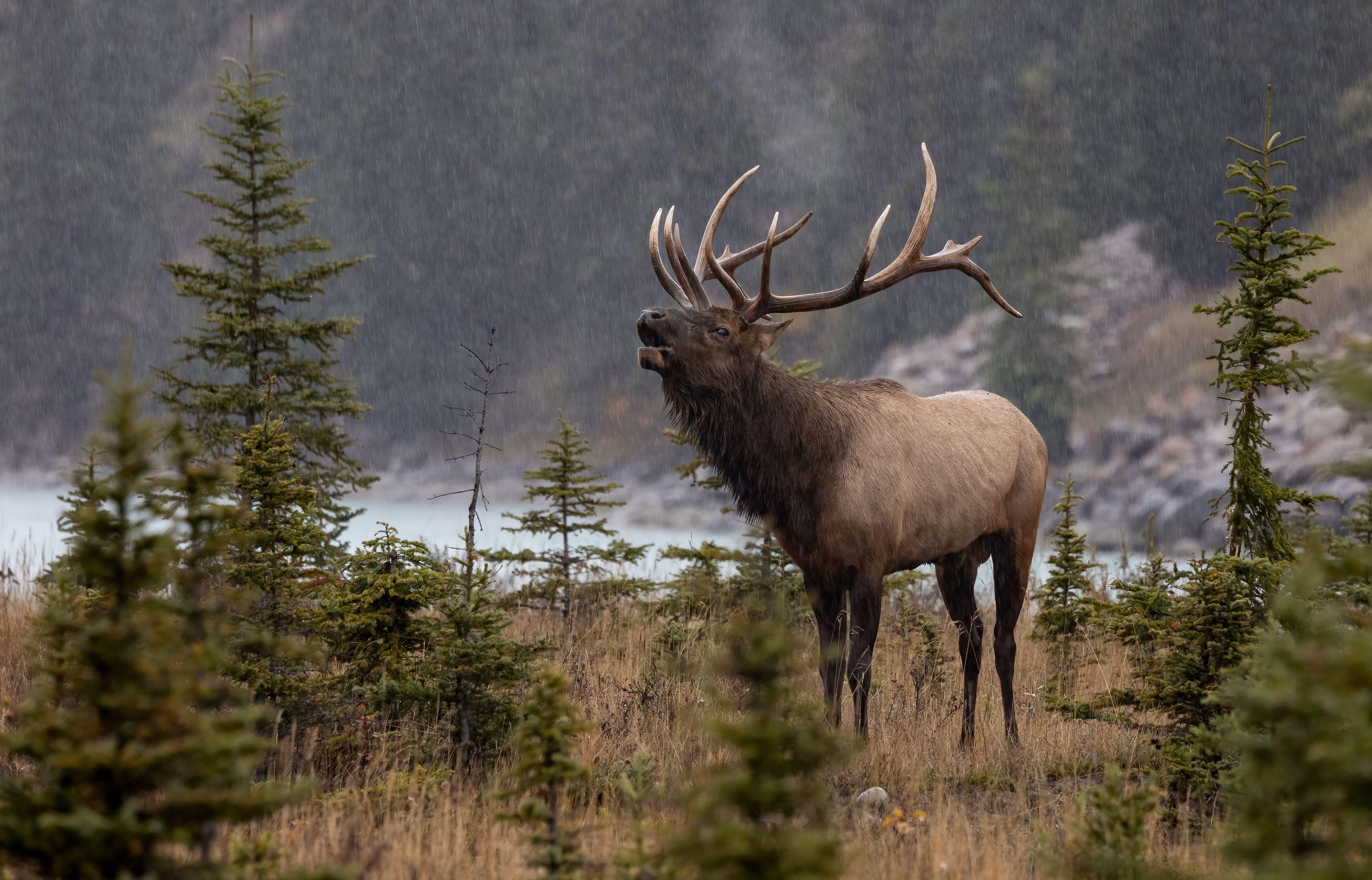
The Bow Valley harbors a few grizzly bears and a resident wolf pack but seeing them is a matter of being in the right places at the right time. You’re much more likely to spot hoary marmots or pikas in rocky areas beside roads and trails above the tree line.
If you should be lucky enough to spot wildlife, Veillette says that the safety of both you and the animals should trump taking a perfect photo. “These are wild animals and it’s vital to maintain safe distances: At least 100 meters from carnivores such as bears, cougars, and wolves, and 30 meters from ungulates like elk, deer, and sheep.”
How to visit the park like a National Geographic Explorer
Alison Criscitiello, director of the Canadian Ice Core Lab at the University of Alberta in Edmonton, knows Banff National Park as both a scientist and extreme outdoor sports enthusiast.
“One of my very favorite places is the Valley of Ten Peaks at Moraine Lake,” says the National Geographic Explorer. “To have terrain like that so accessible is mind-blowing.”

Two of her favorite long-distance ski routes (which can be done hut-to-hut over a few days or as a single-day push) are the Wapta Icefield traverse and Bow-Yoho traverse.
“Such spectacular scenery, with endless peaks to tag on,” Criscitiello explains. “The last time I did the Bow-Yoho traverse, I was pregnant and in my second trimester, which made it a pretty special experience. My ski pal carried some of my food rations since I had extra cargo onboard.”
She recommends the short but spectacular Cory-Edith loop for alpine skiing. “For biking, it doesn't get better than the Tunnel Mountain-Minnewanka-Two Jack loop. And for ice climbs, a favorite of mine in the park is Borgeau Left.”
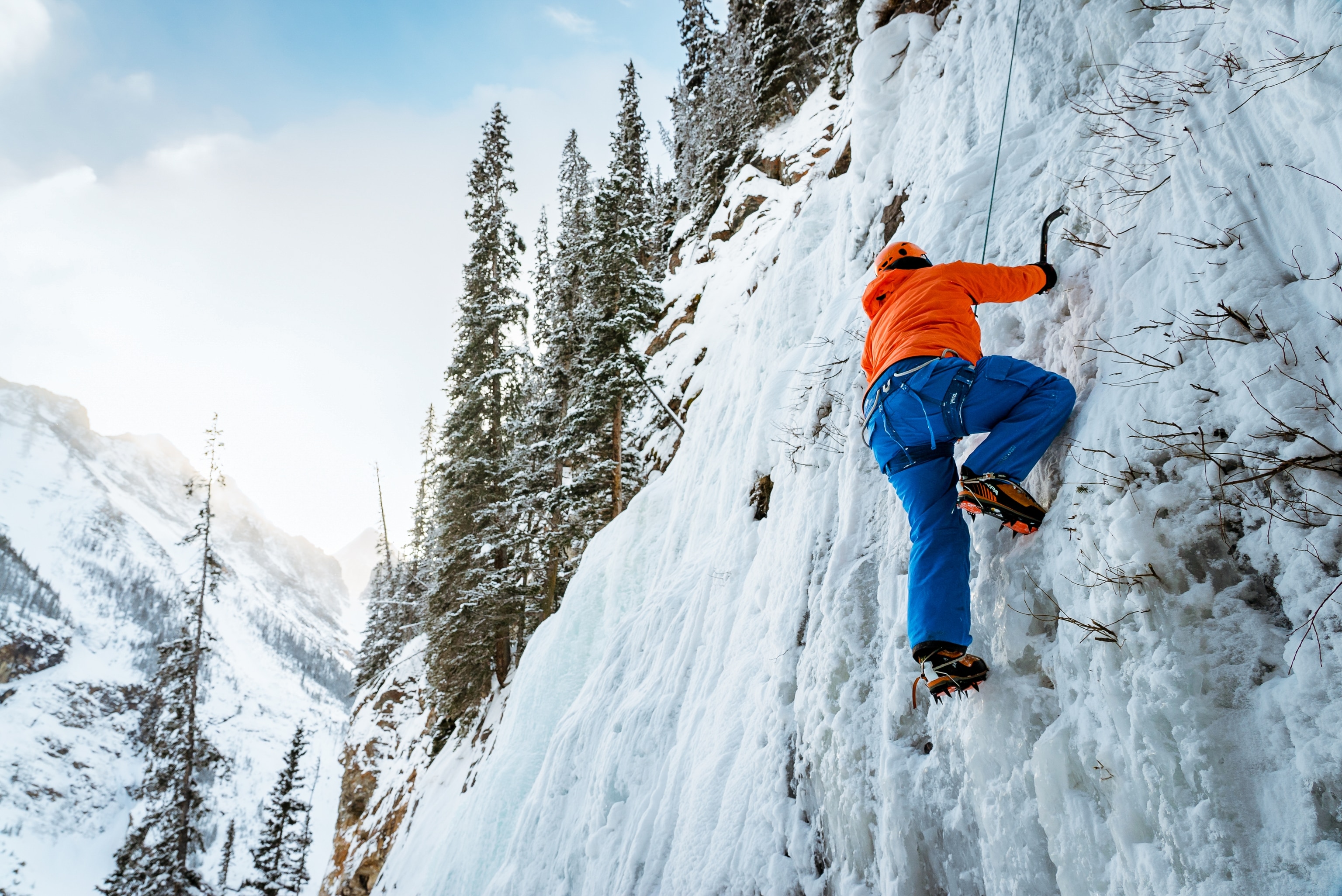
Top experiences in Banff
Banff has evolved from a 19th-century railroad whistle-stop into a thriving year-round resort town with hotels, restaurants, art galleries, and outdoor adventure outfitters.
Lodged inside a mock-Tudor building, Banff National Park Visitor Centre offers the latest info on park activities, road conditions, wildlife sightings, and weather.
Two blocks down the main street is the Banff Park Museum National Historic Site, which doubles as a rustic architectural wonder and storehouse of Victorian-era zoological, botanical, and geological specimens. The nearby Whyte Museum of the Canadian Rockies specializes in regional art and architecture, including paintings, sculptures, photography, and heritage homes on display in the gardens.
Among the town’s many outdoor recreation options is the nine-hole Banff Springs Golf Club (opened in 1911), which takes full advantage of the location with epic mountain views and fairways along Bow River.
Towering high above the town, Mount Norquay provides skiing, snowboarding, and tubing in winter (including lessons and rentals), and in the summer, hiking and mountain biking. It also boasts the park’s only Via Ferrata, a guided rock-climbing experience that includes steel cables, suspension bridges, and ladders affixed to cliffs.
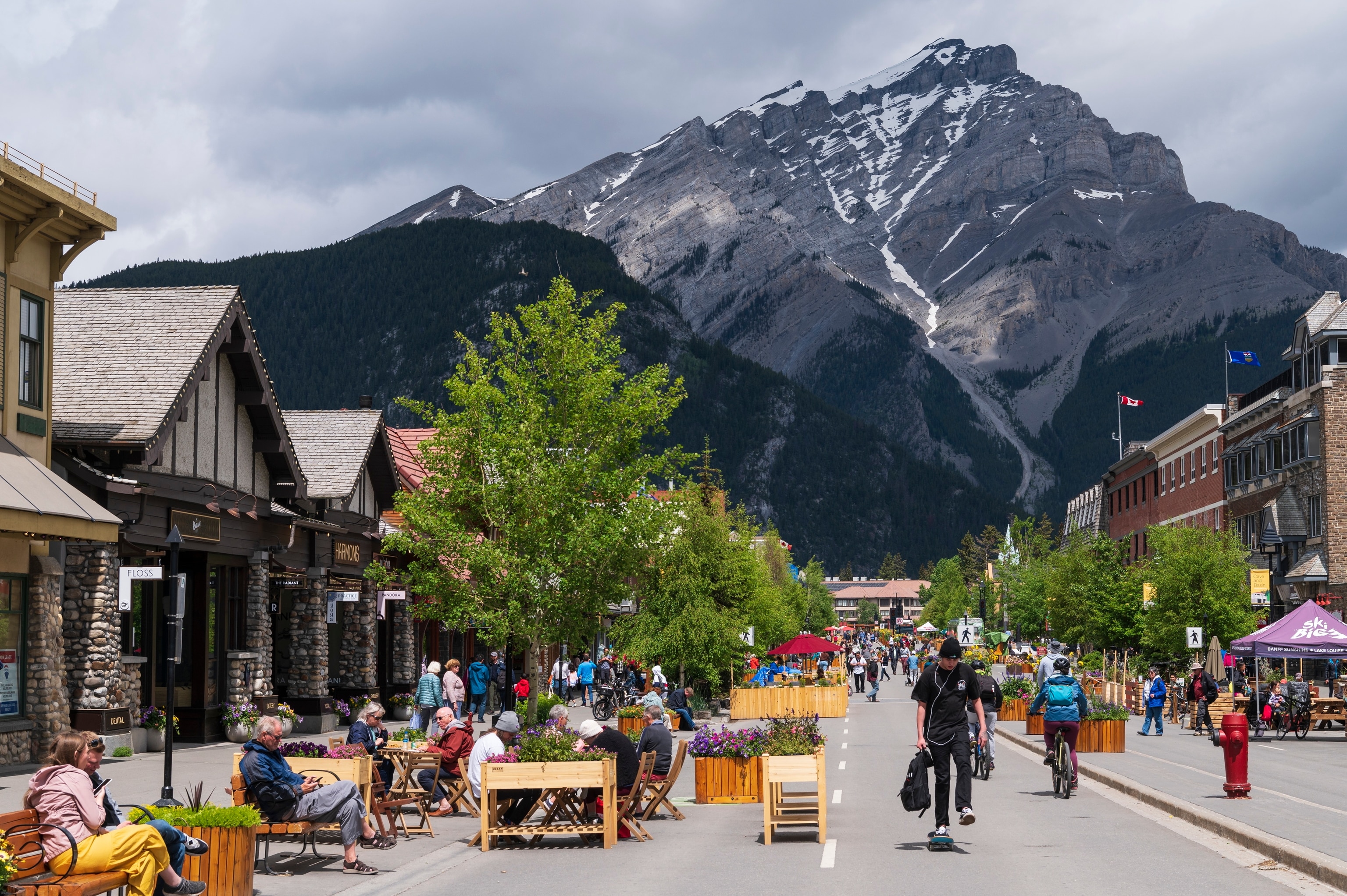
An hour farther up the Trans-Canada Highway is gorgeous Lake Louise. Named after Queen Victoria’s fourth daughter, the stunning alpine lake is a bit cold for swimming but ideal for paddle sports in summer or lake fishing and ice-skating in the winter.
Looming above the shore the historic Château Lake Louise, opened in 1911 and is still the epitome of a Canadian national park lodge. Afternoon tea in the lounge—with huge picture windows overlooking the lake—is an enduring tradition.
Clinging to the eastern side of the valley, Lake Louise Ski Resort sets itself apart from other winter resorts in the region with activities like Torchlight Dinner and Ski evenings, a spring music festival, guided snowshoe tours, and backcountry ski tours.
Just north of Lake Louise is the southern end of the celebrated Icefields Parkway (Highway 93), which meanders 144 miles through the heart of the Canadian Rockies to Jasper Village. Flanked by rivers, waterfalls, snowy peaks, and more than a hundred glaciers, the route offers plenty of reasons to pull over, snap a photo, take a short walk, or simply take in views of nature’s splendid canvas.
Bow Lake offers a photogenic interlude along the parkway as well as a chance to stretch your legs on the Bow Glacier Falls Trail or grab a snack inside the historic Lodge at Bow Lake.
Best things to do for families
Families don’t have to venture far from the town of Banff to entertain (and educate) the kids. Start by hopping on the gondola to the top of Sulphur Mountain and walking the boardwalk trail for a spectacular introduction to the snowcapped Canadian Rockies.
Banff Cycle + Sport offers guided tours as well as electric, muscle-powered, and kid’s bike rentals for cruising the Banff Legacy Trail and other Bow Valley routes. Or run the river on guided float trips with Rocky Mountain Raft Tours.
Just 20 minutes outside of Banff Town, Lake Minnewanka is a long fjord-like body of water with a small marina that offers rental canoes and kayaks and one-hour scenic boat cruises across the lake to Devil’s Gap (May to October).
Banff’s lakes and rivers are chilly even at the height of summer. But Banff Upper Hot Springs on the edge of the village offers year-round soaking in a warm, steamy outdoor pool.

When all else fails—or during inclement weather—the town offers plenty of family-friendly diversions ranging from museums and Eureka Banff escape rooms to High Rollers bowling alley and Lux Cinema.
Once the snow starts to fall, the national parks render skiing and snowboarding at three winter resorts (Banff Sunshine, Lake Louise, and Mount Norquay) plus snowshoeing, cross-country skiing, fat biking, dog sledding, ice skating on frozen-over Lake Louise, and sleigh rides at Brewster Stables.
Where to stay
Banff boasts scores of accommodation options from world-famous lodges to national park campgrounds.
Founded in 1888, the castle-like Fairmont Banff Springs complements its upscale guest rooms with gourmet dining, an indoor swimming pool, tennis and golf, a luxury spa, and many other amenities.
Another historic Canadian Pacific Railway hotel, the iconic Fairmont Chateau Lake Louise is renowned for its astonishing views and elegant afternoon tea.
Far more rustic but just as comfy, Baker Creek by Basecamp between Lake Louise and Castle Junction rolls out log cabins along the Bow River with bikes and fishing rods to rent.
Parks Canada manages thousands of campsites in 17 developed, drive-up campgrounds. Open from May or June to September or October, they range from full RV hookups to basic facilities for car, van, and tent campers. Glamping-style oTENTik units are offered at two campgrounds.
More than 50 primitive campgrounds are scattered throughout the park’s backcountry. A permit and advanced reservations are required for all backcountry camping. All of the sites are hiking accessible; however, a few are also available to bikers and equestrians.
Here’s what else you need to know
Fees: Admission to the national park is:
$11 (U.S. $8) for adults
$9.50 (U.S. $7) for seniors
$22 (U.S. $16) for families
Good at all Canadian national parks for an entire year, a Parks Canada Discovery Pass costs:
$75.25 (U.S. $54) for adults
$64.50 (U.S. $46) for seniors
$151.25 (U.S. $108) for families
Access: Banff National Park is located 80 miles west of Calgary on the Trans-Canada Highway. Calgary’s international airport is serviced by major national and international carriers with multiple flights arriving daily. Brewster Express offers coach transfers from the airport or downtown Calgary to Banff Town and Lake Louise. Another option is a two-day train journey from Vancouver on the Rocky Mountaineer.
When to go: Open year-round, Banff National Park offers amazing outdoor recreation and sightseeing, plus plentiful shopping and dining options. Summer is popular for hiking, paddling, mountain biking, cycling, photography, and climbing. The best time for viewing seasonal color is fall when the larch trees—the only coniferous trees to lose their needles in winter—turn yellow.
In winter, the mountain landscape makes for incredible downhill and cross-country skiing or snowboarding. Three major winter resorts are found in the park. Groomed pistes (downhill ski trails) at Lake Louise Ski Resort, Sunshine Village, and Mount Norquay are complemented by backcountry trails throughout the park. Normally running from November to May, the Banff ski season is one of the longest in North America. Winter visitors can also enjoy wildlife tours, ice skating, snowshoeing, dogsled adventures, and horse-drawn sleigh rides.
Get around: ROAM is the public transit bus system in Banff, Lake Louise, and Canmore that uses environmentally-friendly hybrid vehicles outfitted with wildlife information. Pick up a map or bus schedule at the Banff or Lake Louise visitor information centers. The GuideAlong app offers two Banff National Park self-drive tours downloadable on smartphones.
Are pets allowed?
Other than two leash-free dog parks in Banff Town, dogs must be kept on a leash and under control at all times and owners must remove and dispose of any dog waste.
How accessible is Banff?
The Banff Gondola, Lake Minnewanka tour boats, and Banff Upper Hot Springs are all accessible, as are ROAM buses. Accessible trails range from the lakeside path at Lake Louise to the lengthy Banff Legacy Trail along the Bow River.
Accessible public restrooms can be found in the towns of Banff and Lake Louise, along the Icefields Parkway, and at all drive-in campgrounds inside the park. Banff Scooter Company at the village train station rents mobility scooters, while nonprofit Rocky Mountain Adaptive has programs that enable accessible cross-country skiing in the Bow Valley and accessible downhill skiing and snowboarding at the park’s three winter sports resorts.




